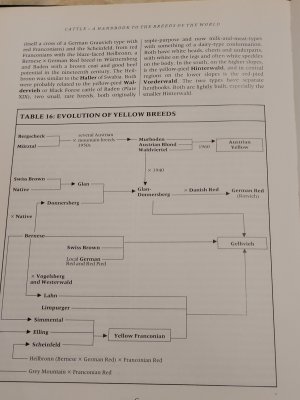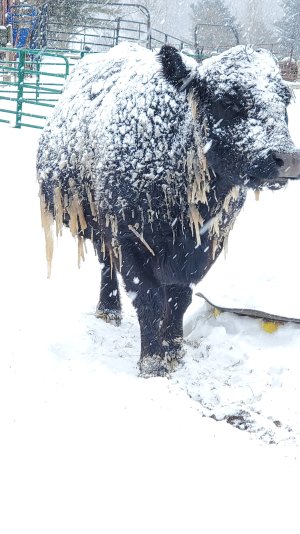Nothing wrong with selling at saleyards and barns. You need to read what I said.Yes but what is wrong with that? Saleyards and barns are a very handy place to be able to immediately cash in cattle.
Ken
Let me word it differently.I think it is stupid to take animals to the sale barn and not be there to watch them sell.
I feel this way for a couple reasons. One you are not there to bid on them or at least no sale them if you don't get what you want for them. Another reason especially if you choose to sell the majority of your cattle that way. You have no clue to what difference is between your cattle and those that brought the highest price that day. You can't fix what you don't know. Many become barn blind and leave money on the table simply by becoming barn blind.
Sale barns are a great way for someone to get quick cash.
I make a lot of profit from buying those types of calves. Although it is a small ,but growing percentage of our operations, the last few years buying otb calves from the sale barn then selling them direct as grass fed beef has produced more profit per animal then the cow calf operation.






